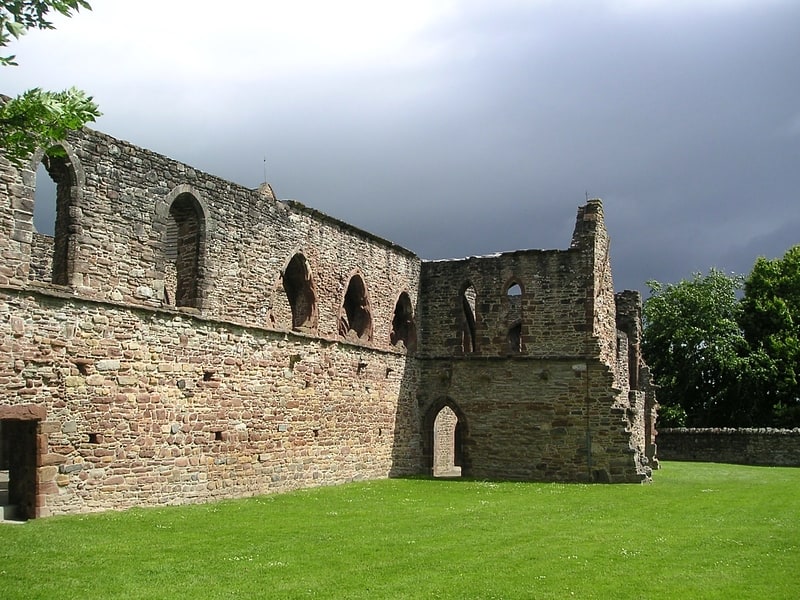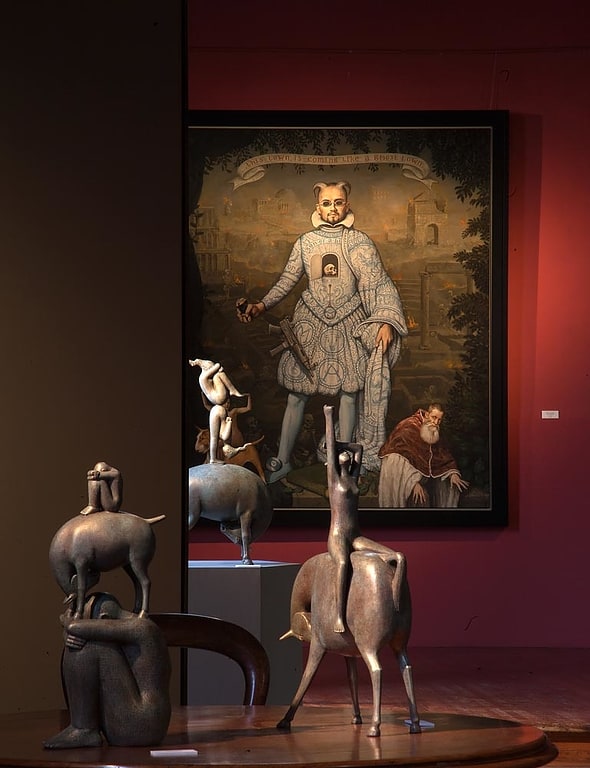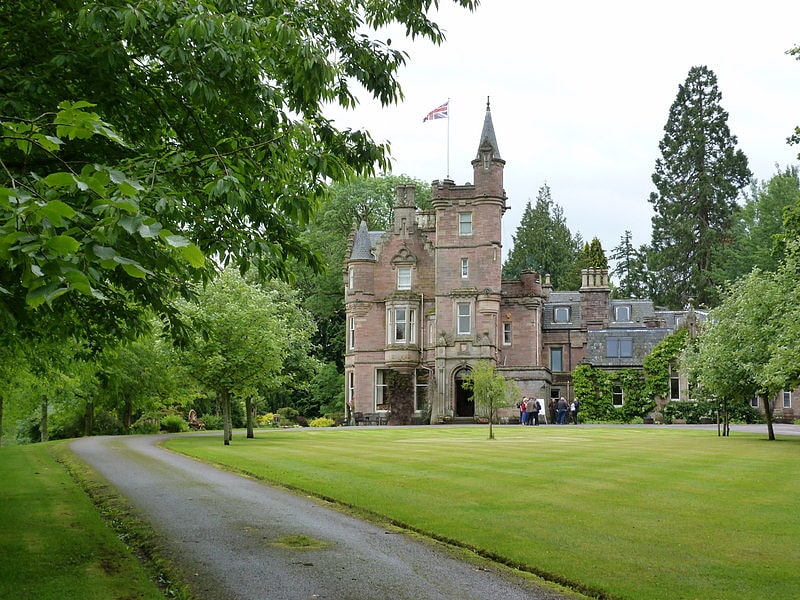Discover 4 hidden attractions, cool sights, and unusual things to do in Beauly (United Kingdom). Don't miss out on these must-see attractions: Beauly Priory, Kilmorack Gallery, and Aigas Field Centre. Also, be sure to include Culligran Falls in your itinerary.
Below, you can find the list of the most amazing places you should visit in Beauly (Scotland).
Table of Contents
Beauly Priory

Abbey. Beauly Priory was a Valliscaulian monastic community located at "Insula de Achenbady", now Beauly, Inverness-shire. It was probably founded in 1230. It is not known for certain who the founder was, different sources giving Alexander II of Scotland, John Byset, and both. The French monks, along with Bisset, had a strong enough French-speaking presence to give the location and the river the name "beau lieu" and have it pass into English.
An alternative story about the naming of Beauly village told by locals is that 'Mary, Queen of Scots' was said to have been travelling through the area, probably on her way to Dingwall in her late teens and popped her head out of the Carriage window and uttered the words 'Beau Lieu' (beautiful place).
It is not the best documented abbey, and few of the priors of Beauly are known by name until the 14th century. It became Cistercian on 16 April 1510, after the suppression of the Valliscaulian Order by the Pope. The priory was gradually secularised, and ruled by a series of commendatory abbots. The priory's lands were given over to the bishop of Ross by royal charter on 20 October 1634.
The ruins today are still extensive and are one of the main visitor attractions in Inverness-shire. It is protected as a scheduled monument.[1]
Kilmorack Gallery

Building in Scotland. Kilmorack Gallery reuses a converted church building for its exhibitions, in a rural location near Beauly in Inverness-shire, Scotland. It was established as a commercial gallery in 1997 after the building was purchased by art dealer Tony Davidson, believing that inspirational art could sit in an inspirational building just as well as in a white cube. By putting on consistently ambitious solo and mixed shows of some of the country’s finest artists and sculptors, Kilmorack Gallery has established itself as one of Scotland’s leading contemporary art galleries. The success of non-urban, destination galleries like Kilmorack 'has made "remote" more than ever a relative term', wrote art critic Duncan Macmillan of the Scotsman. Davidson and art critic Jan Patience featured on The Janice Forsyth Show in May 2013, speaking about the gallery and the works on exhibition.
Artists showcased include established and emerging Scottish painters and sculptors. These include Ade Adesina, Eduard Bersudsky, Helen Denerley, Sharmanka Kinetic Gallery, Eoghan Bridge, Laurence Broderick, Joyce W. Cairns, Kirstie Cohen, Helen Denerley, Steve Dilworth, Lotte Glob, Janette Kerr, Alan Macdonald, Pinkie Maclure, Peter White and George Wyllie.
On the fifteenth anniversary of Kilmorack Gallery, the art writer Georgina Coburn wrote: 'Kilmorack continues to be one of the most astute galleries in the country in the presentation of new work. It continues to show dynamic and powerful work which successfully challenges expectation.
The Church of Scotland kirk building was built in 1786, recast in 1835 and became a B listed building in 1971. The building had not been fitted with an organ. The building had lain empty for twenty-fire years before changes were made for it to be used as an art gallery. This reuse is cited as one of the more fitting church adaptation. Since 1998 an iconic scrap metal lizard sculpture by Helen Denerley has been displayed on the outside of the gallery.[2]
Aigas Field Centre

Wildlife refuge in Aigas, Scotland. Aigas Field Centre is a nature centre based at the home of naturalist and author Sir John Lister-Kaye, Aigas House. The centre was opened in 1977 by ecologist Sir Frank Fraser Darling, and provides nature-based holidays for adults and environmental education services for school children. It is located at Aigas, next to the River Beauly, 8 kilometres west of Beauly and 20 kilometres west of Inverness, in the Highlands of Scotland. 57.4389°N, 4.565°W.
House of Aigas, once a Victorian sporting estate, was owned by the Gordon-Oswalds, who added the Victorian extensions to what was an 18th-century tacksmans house. The house was then owned by Inverness County Council as an old people's home, before Lister-Kaye persuaded them to sell it to him.
Aigas began a beaver demonstration project in 2006. Two Eurasian beavers were released into a 200-acre enclosure, which includes a loch and surrounding woodland. The beavers have since built lodges and had a number of kits.
Aigas was host to a series of the BBC's live-action nature documentary, Autumnwatch in October 2012 and Winterwatch in January 2013.
House of Aigas and Field Centre is the Highlands leading provider of wildlife holidays and their charitable arm, The Aigas Trust for Environmental Education, hosts over 5,000 school children a year.[3]
Culligran Falls

Glen Strathfarrar is a glen in the Highland region of Scotland, near Loch Ness.
The Glen is part of the Affric-Beauly hydro-electric power scheme, with a dam at Loch Monar and a 9 km tunnel carrying water to an underground power station at Deanie; a second dam just below Loch Beannacharan feeds a tunnel carrying water to Culligran power station (also underground). The Monar dam at Loch Monar is the largest arch dam in Britain.
The central section of Glen Strathfarrar (covering 4027 ha) is designated as a national scenic area, one of forty such areas in Scotland, which have been defined so as to identify areas of exceptional scenery and to ensure its protection from inappropriate development. The area covered by the NSA represents the section of the glen least affected by the hydro-electric scheme, and includes the Culligran Falls.[4]